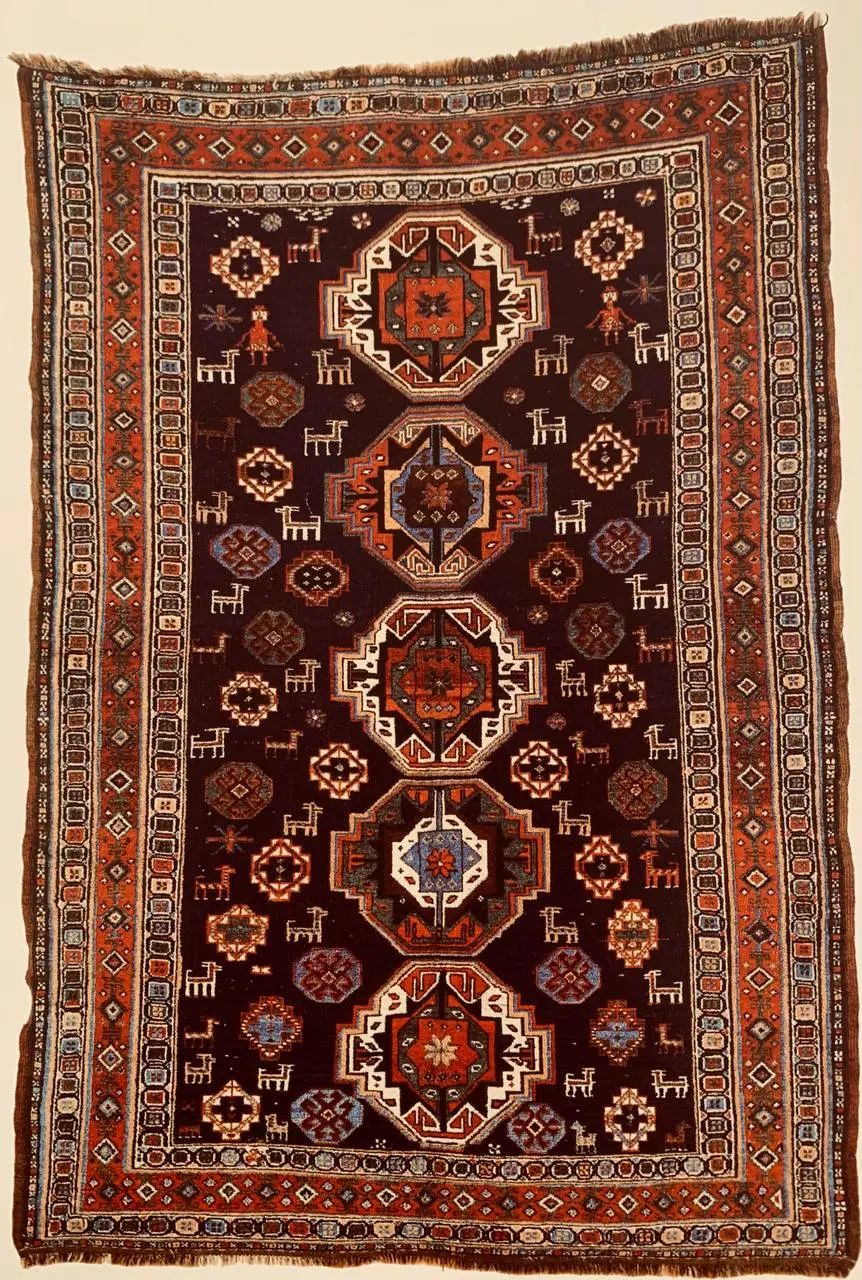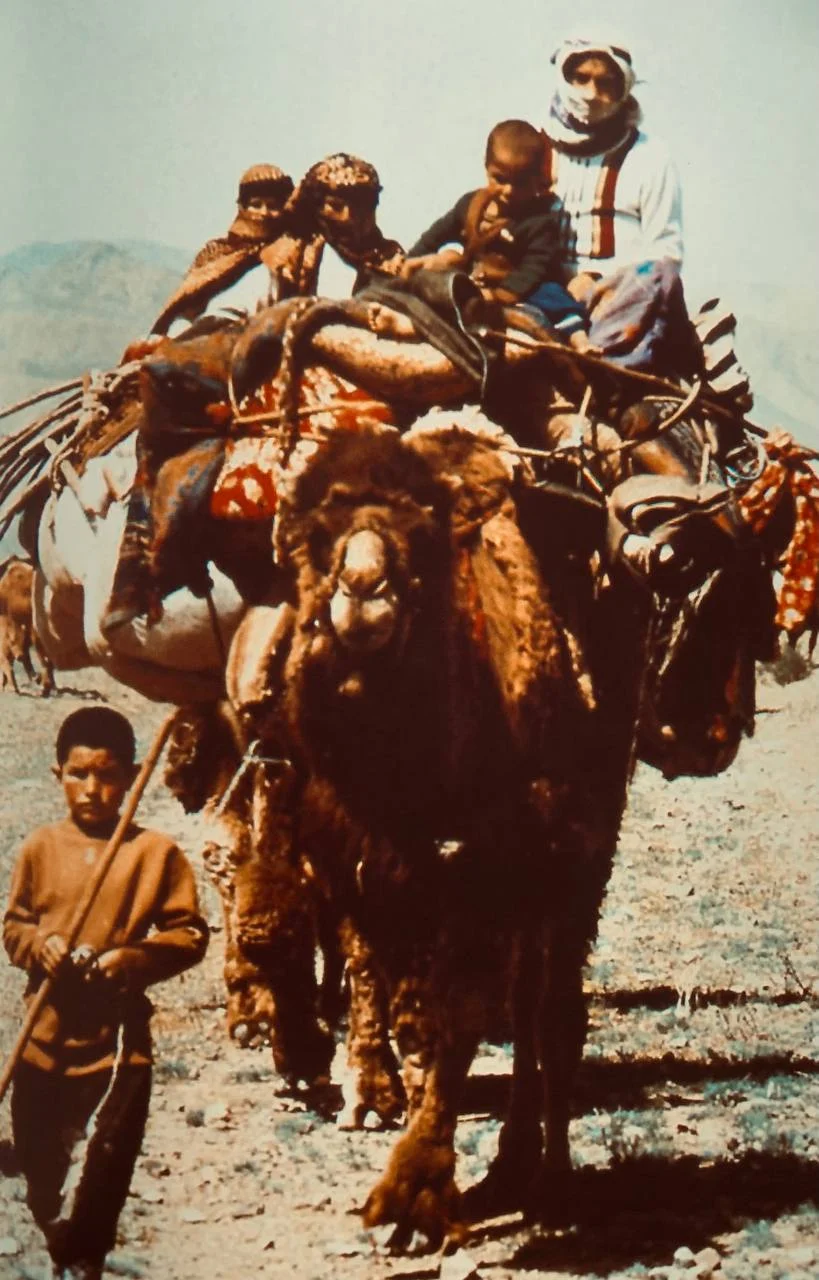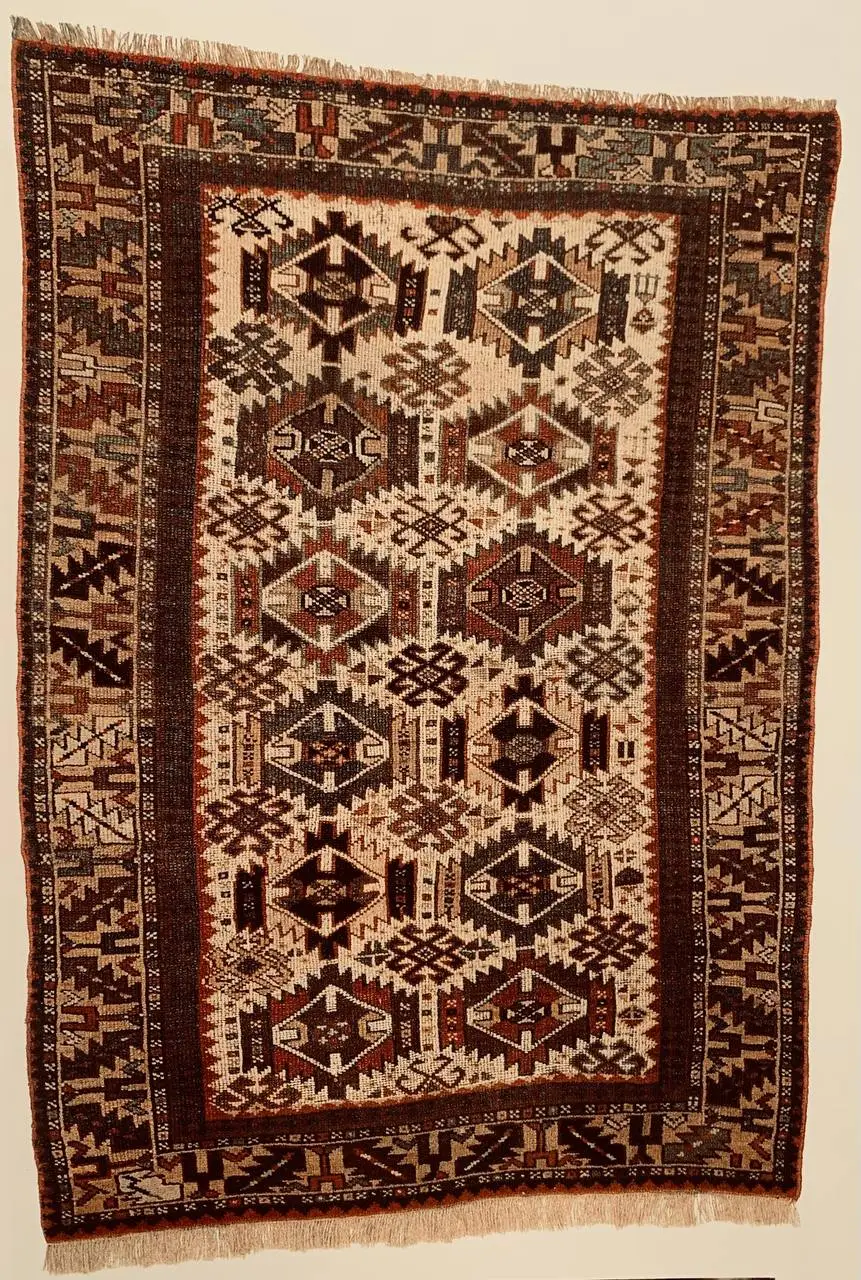The social structure of Shahsevan
The ShahsavanPersian carpet , and in particular those who have not yet adopted a settled way of life, still adhere to a strictly feudalistic, hierarchical social structure. The social structure of Shahsevan
While organising relationships within the tribes, the system is completely detached from the political and social organisation of the local territories.

The number which can still be defined as nomadic, in the true sense of the word, constitutes a small minority of the tribe’s population. Most of the Shahsavan today practise a semi-nomadic life style. They spend the winter months in rural villages, their homes indistinguishable from those of the local farmers. The social structure of Shahsevan
*Click on the opposite link to see precious Iranian handmade and machine combined silk carpets*
During the cold weather, their life style is very similar to the rest of the village population: the children go to school, the men and women tend the fields or do seasonal work, although they chiefly remain rearers of sheep and camels.
With the summer, however, comes the need to find plentiful grazing for their livestock. This transforms them into nomads once more, as they retrace their traditional migration routes to the high mountain valleys.

There they remainbthroughout the summer months, living in traditional tents or mobile homes’.
A greater number of Shahsavan have completely integrated with the village populations. The nomads refer slightly disparagingly, to these people as takht, or peasants. Historical changes styles of Persian carpet
It is a point of pride in nomadic culture not to be tied to the land and the hard work required to make it bear fruit. Instead, they are free to move at will and free from the obligations of farming, thanks to the assured wealth of the herds and their ownership of grazing-land. The social structure of Shahsevan
The gradual transformation from a nomadic to a sedentary lifestyle, has largely been due to the amount of pressure exerted by central government. Although their links with the oldest culture of the plateau are recognised by the government today, For those who still maintain the traditional way of life, the most important element in their tribal structure is the family
or khanevar.

This consists of an elderly couple, who have the role of leaders, their male children and their respective wives and children. Usually the family would share one or two tents. Closely related family groups, ofa maximum of 50 to 60 members, form the nucleus of the Shahsavan’s social structure, called the oba or gobek. Each oba would occupy between two and ten tents.Persian carpet designs
A group of more than one oba, consisting of blood-related family groups, forms a tira : a unit endowed with its own political autonomy and lead by a central nucleus of prominent individuals, the gobek, which is in turn guided by an Aq- soqol, or elder. (The name literally means ‘white beard’.)
The tira meet together in a taifeh, which constitutes the true tribal clan. Prominent and numerous taifeh such as the Moghanlu, consist of20 tira and more than 1,000 khanevar. Others of less importance are composed of just a few tira. The social structure of Shahsevan
The taifeh are governed by a chief, who comes from the tribal aristocracy, and is known as the ill-beg. He in turn answers to the two chiefs recognised by the confederation, which consists of two branches: Ardebil and Meshkin.
The former are mostly sedentary (takht qapů) but many of the Meshkin branch still migrate seasonally. They move between their summer encampments or yeylaq, and their winter
quarters or qishlaq, via a traditional route, which is known in their language as illyolu – the journey.

The Gaeyklu, for example, who are part of the Shahsavan of Moghan consist of 25 Tira: the Khalil-lu, Bagzada, Jajanlu, Aka Asanlu, Jallilu, Labillu, Mirza Ali, Buzaghlu, Ramadanlu,
Madinalu, Abushulu, Mustafalu, Tumarlu, Gavanelu, Orushlu, Nazarlu, Karaptukhlu, Nurullalu, Haji Jafarlu, Khan Husainlu, Musalu, Safarlu, Gaitaranlu, Haji Imanlu and the Haji Hasnalu.
The Baghdadi Shahsavan of Gazvin are composed of 30 tira, among them the Kuselar, Kara Koyunlu, Mokatebandlu. larjanlu, Amadlu, Ali Kurtlu, Satilu, Kutlu, Kazemlu, Solduz.
Hosein Khanlu and Mahdilu. The Haji Jalil-lu, who belong to the Hashtrud group, are composed of 10 tira: Qanjehlu, Chakhorlu, Qarabaglu, Mogaddam, Qarakhanlu, Kangarlu, Piralilu, Yagbastalu, Basymlu and Ozbek.
